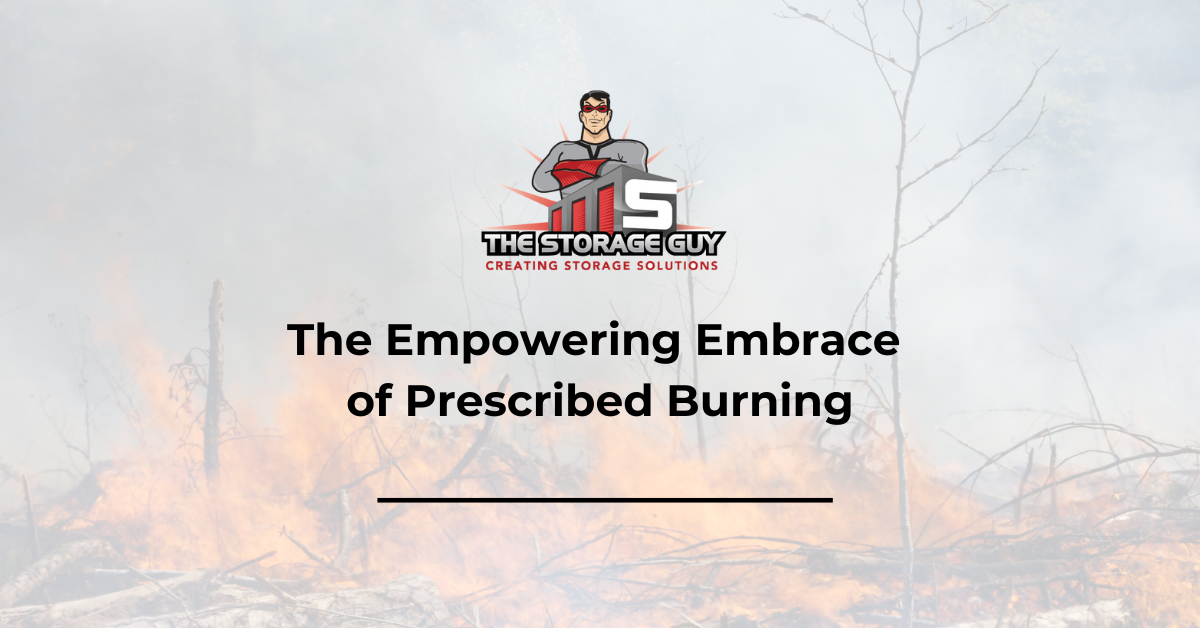Nurturing Ecosystems with Intentional Fire
For generations, fire has sculpted landscapes across the globe. While often feared for its destructive potential, fire—when applied thoughtfully under controlled conditions—emerges as a vital tool for ecological health. This practice, known as prescribed burning or controlled burning, offers remarkable benefits that can transform and revitalize our natural environments.
Key Benefits of Prescribed Burning
1. Revitalizes Growth and Nutrient Cycling
What happens during a prescribed burn:
- Clears accumulated dead vegetation (“fuel”)
- Removes leaf litter, fallen branches, and overgrown shrubs
- Allows sunlight to reach the forest floor
The powerful results:
- Stimulates new, more diverse plant growth
- Creates natural fertilizer through ash deposits
- Enriches soil with essential phosphorus and nitrogen
- Increases overall plant productivity
- Provides crucial forage for wildlife populations
2. Champions Biodiversity and Native Species
How fire supports natural ecosystems:
- Mimics natural fire regimes that shaped ecosystems for millennia
- Creates conditions that favor native, fire-adapted species
- Supports plants with specialized adaptations:
- Thick, protective bark
- Seeds that require heat to germinate
- Resprouting capabilities after fire
The ecological impact:
- Reduces competition from fire-intolerant invasive plants
- Maintains delicate ecological balances
- Strengthens ecosystem resilience against environmental stressors
3. Mitigates the Threat of Catastrophic Wildfires
The preventative power of prescribed burns:
- Removes excessive fuel loads strategically
- Creates breaks in the continuity of flammable material
- Makes wildfire ignition and rapid spread more difficult
The protective outcome:
- Reduces intensity of wildfires when they do occur
- Creates more manageable conditions for firefighters
- Protects communities and infrastructure
- “Fights fire with fire” through proactive management
4. Enhances Wildlife Habitat Diversity
How prescribed burns create wildlife-friendly landscapes:
- Develops a mosaic of different habitat types
- Creates open areas for foraging herbivores like deer and elk
- Preserves unburned patches for cover and nesting
- Stimulates growth of food-producing plants
Wildlife benefits:
- Provides nutritious browsing in regenerating vegetation
- Creates snags (standing dead trees) for cavity-nesting birds
- Supports diverse species with varying habitat needs
- Improves overall ecosystem carrying capacity
5. Controls Pests and Diseases Naturally
The purifying effect of fire:
- Reduces populations of ticks and harmful parasites
- Helps control certain fungal diseases
- Alters forest floor environment to favor healthy organisms
Long-term advantages:
- Decreases susceptibility to widespread outbreaks
- Reduces need for chemical interventions
- Supports naturally balanced pest-predator relationships
6. Restores Disrupted Ecosystem Functions
Addressing fire suppression consequences:
- Reverses ecological changes from decades of fire exclusion
- Restores natural nutrient cycling processes
- Re-establishes natural regeneration patterns
Practical examples:
- Promotes oak regeneration in hardwood forests
- Reduces competition from fire-sensitive species like maple
- Maintains characteristic ecosystem structure
- Returns landscapes to historical conditions
7. Provides a Cost-Effective Management Tool
Economic advantages compared to alternatives:
- More affordable than mechanical clearing methods
- Requires fewer resources than chemical treatments
- Accomplishes multiple management objectives simultaneously
Sustainability benefits:
- Utilizes natural processes rather than artificial interventions
- Provides long-term ecological returns on investment
- Reduces future management needs when implemented properly
Conclusion: A Powerful Tool for Ecological Health
Prescribed burning, implemented with expertise and ecological understanding, represents not destruction but renewal. By mimicking nature’s own processes, this powerful management tool:
- Promotes rich biodiversity
- Dramatically reduces catastrophic wildfire threat
- Creates vibrant wildlife habitats
- Restores vital ecological processes
The responsible use of prescribed fire represents one of our most valuable investments in the long-term health and resilience of our natural landscapes.

